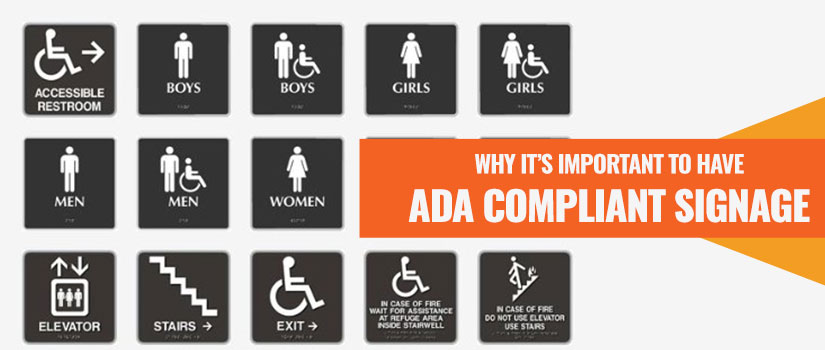Why Is It Important To Have ADA Compliant Signage & How Can You Make Your Signs Up To Code?
Signs have a simple purpose: to inform people of what lies ahead. They can mark a person’s office, a restroom, or a warning about a hazard up ahead. For those who have disabilities, such as the visually impaired, playing a guessing game at each doorway would be unpleasant. This is why the ADA, The Americans with Disabilities Act, has set guidelines to ensure that all persons can navigate with signage easily.
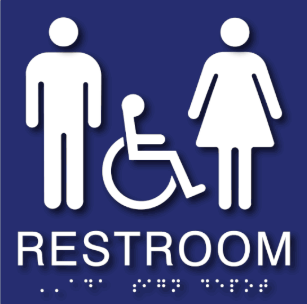
But why should you as a business owner or a custom sign maker care if signs are ADA compliant?
- It’s the law in most public places for signs to be ADA compliant. Sign makers should be aware of the rules and criteria. Business owners can easily avoid fines by making sure the signs they mount are both made and positioned correctly.
- It is a simple way to make all guests and visitors feel welcome and respected. Anyone living with a disability can easily navigate through a building or public space. This can make your business more respectable and considerate to them.
What Makes A Sign ADA Compliant?
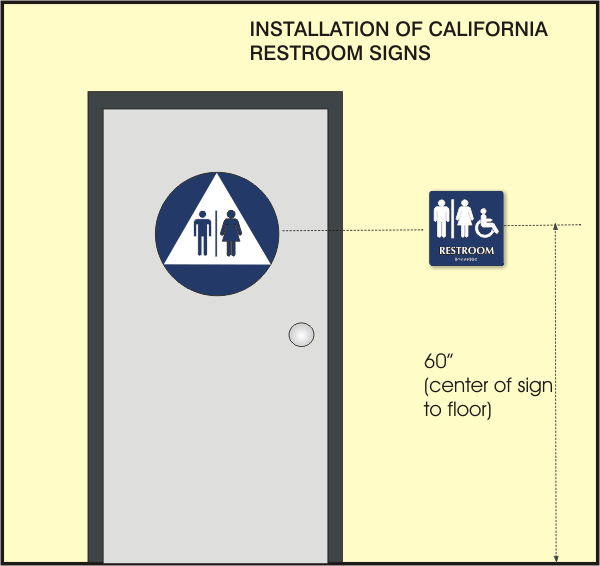
Everything about ADA compliant signage comes down to one thing: clarity. All the criteria are geared towards making signage as easy to read and understand as possible.
Signs that are ADA compliant will always meet the following specifications:
- 1. The finish of the entire sign MUST be non-glare
- 2. Contrast between the colors of the background and the character/pictograms
- 3. Signs using pictograms MUST have a background a minimum of 6in. in height
- 4. If there is text/description with a pictogram, it must be BELOW the image
- 5. Permanent room signs MUST be all upper case
- 6. Only select fonts can be used (see below)
- 7. Braille on permanent room signs MUST be raised at least 1/32 in. and use grade II Braille.
- 8. Signs must be mounted at LEAST 48in. above the ground
- 9. Signs can be mounted a MAXIMUM of 60in. above the ground.
- 10. If a door swings out, an interior sign MUST be NEXT to the door on the latch side.
Where Are ADA Signs Required?
ADA compliant signs must be mounted outside of interior rooms or spaces that are permanent and/or will serve the same function for more than 7 days. After all, what’s the purpose of having something located somewhere if no one can find it?
Some examples of places these interior signs would be needed are:
- 1. Restrooms
- H3: 2. Exam Rooms
- 3. Individual/Personal Offices
- 4. Kitchens
- 5. Room & Floor Numbers/Letters
- 6. IT Rooms
- 7. Breakrooms
Which Fonts For Signage Are ADA Compliant?
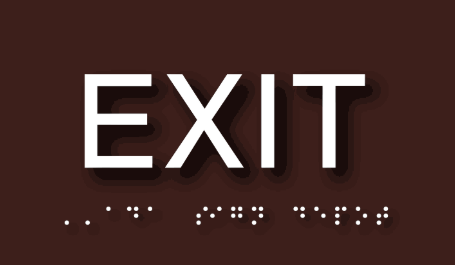
Whether it is an interior sign or exterior sign, the entire point of having one is to clearly mark a location, identify an individual, or alert a person of a hazard. If the font is not clearly legible, then it defeats the entire purpose of having a sign in the first place.
These are some of the fonts approved by the ADA to be clear to all non-vision-impaired individuals:
- 1. Arial Bold
- 2. Futura Medium
- 3. Helvetica
- 4. Franklin Gothic
- 5. Trebuchet Bold
- 6. Avenir Medium
How To Make Braille ADA Compliant
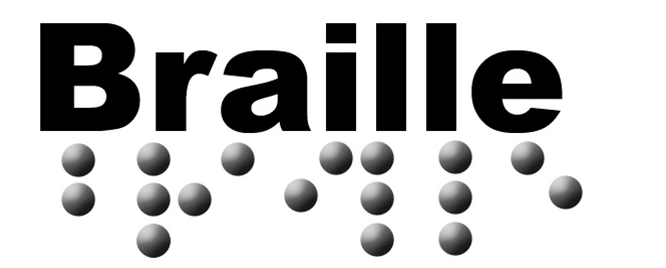
Braille is a writing system using raised dots so people who are vision impaired can read through touch. It’s an important feature for signs because it allows vision-impaired individuals to read signage. For Braille on signage to be ADA compliant it must be clearly written so a person can read it with out difficulty. This is always sign installation and mounting must be kept as uniform as possible, so these individuals can locate the sign routinely.
The Braille must meet the following conditions to be ADA compliant:
- 1. Braille MUST be engraved in Grade 2 Braille
- 2. It MUST be placed 3/8-1/2in below the last line of text.
- 3. There must be AT LEAST 3/8in of space around the Braille
- 4. Dot height MUST be: .025-.037in (0.6-0.9mm)
- 5. Dot diameter MUST be: .059-.063 inch (1.5-1.6mm)



